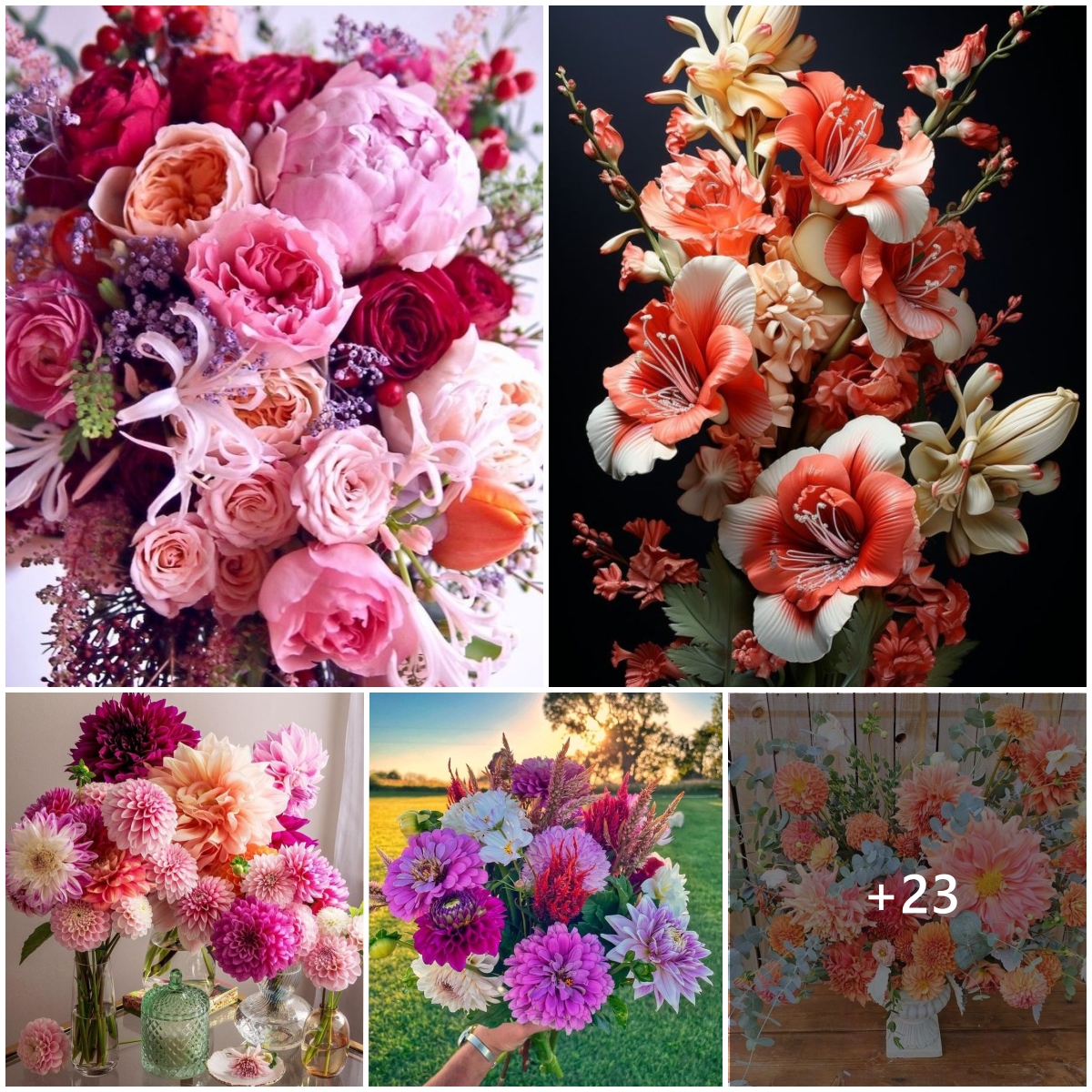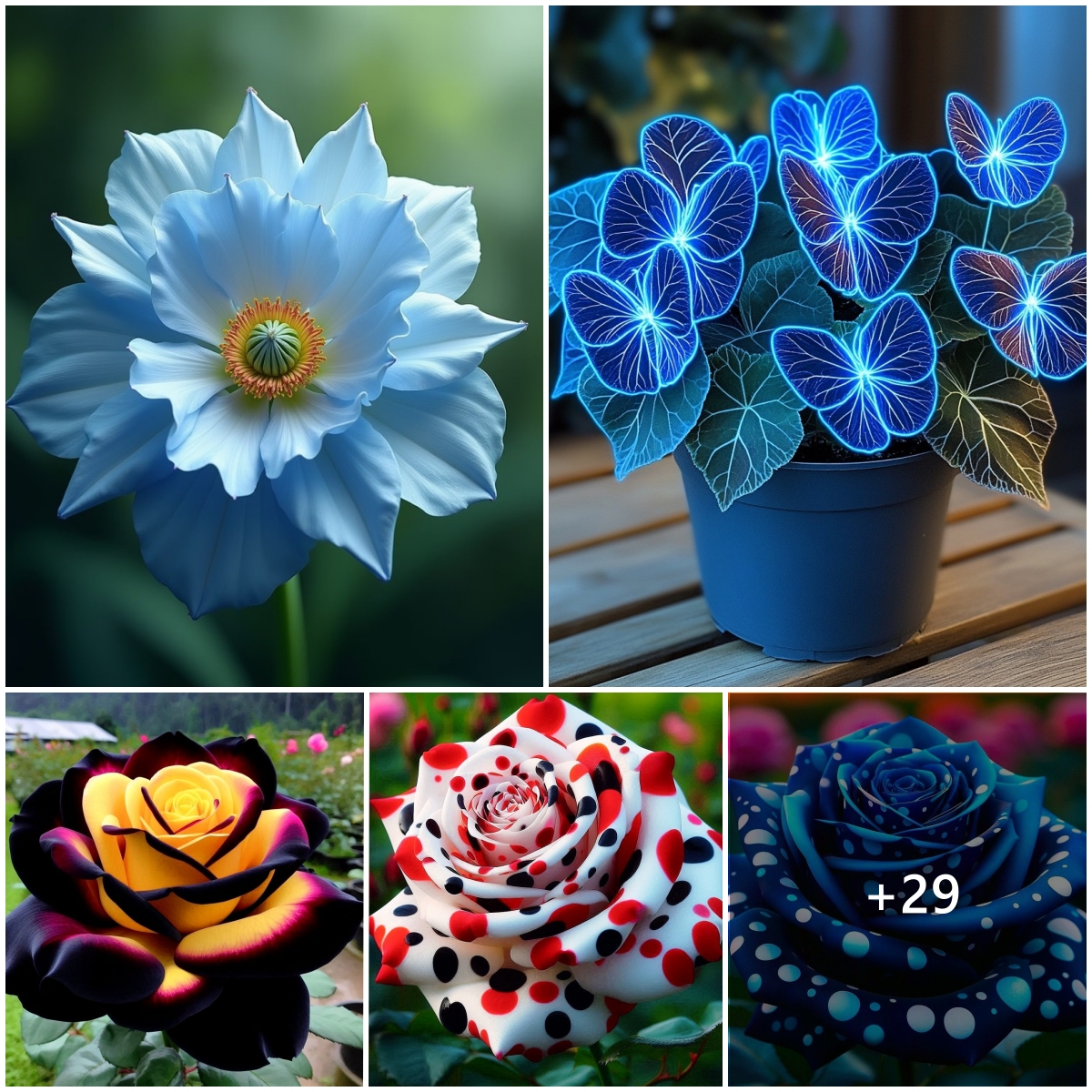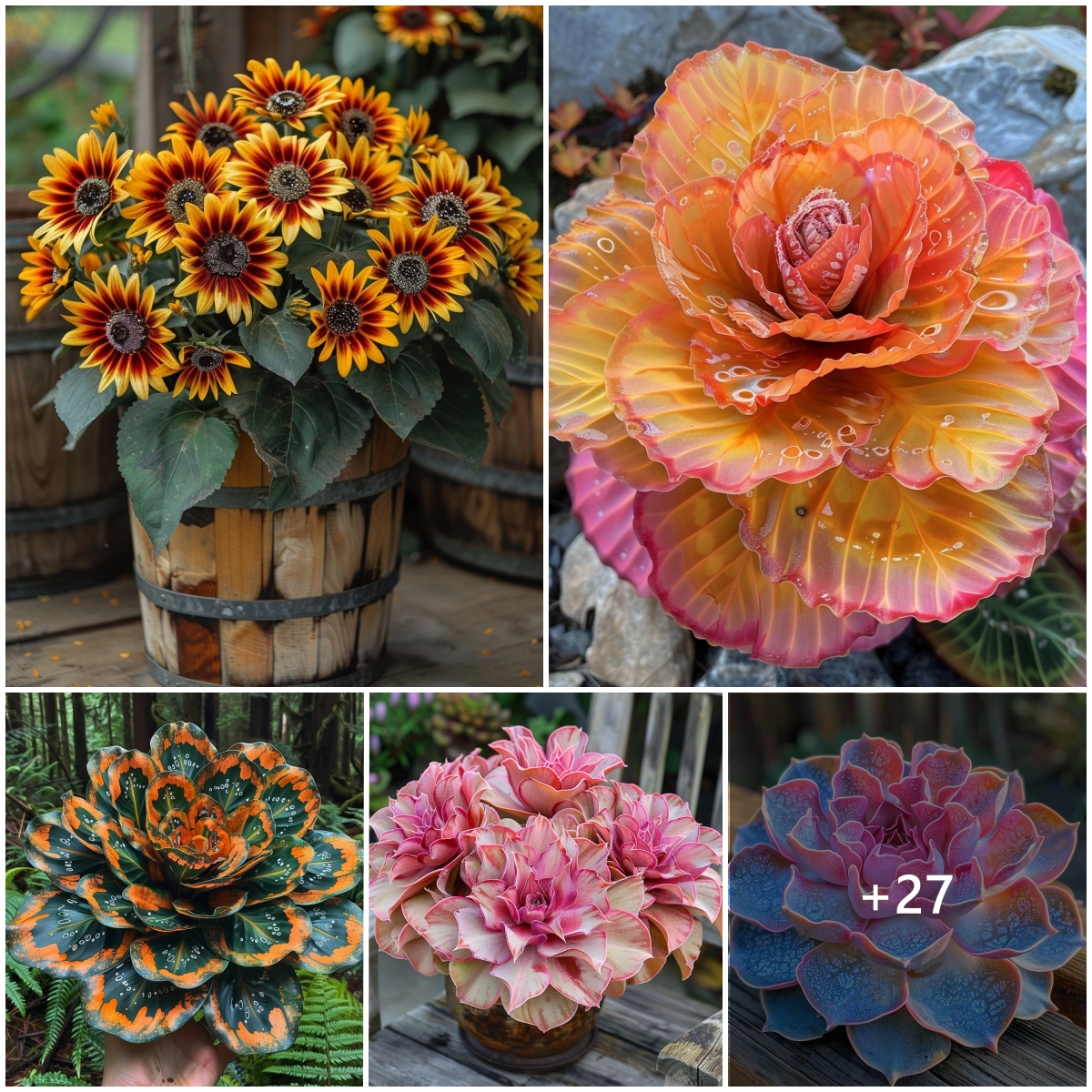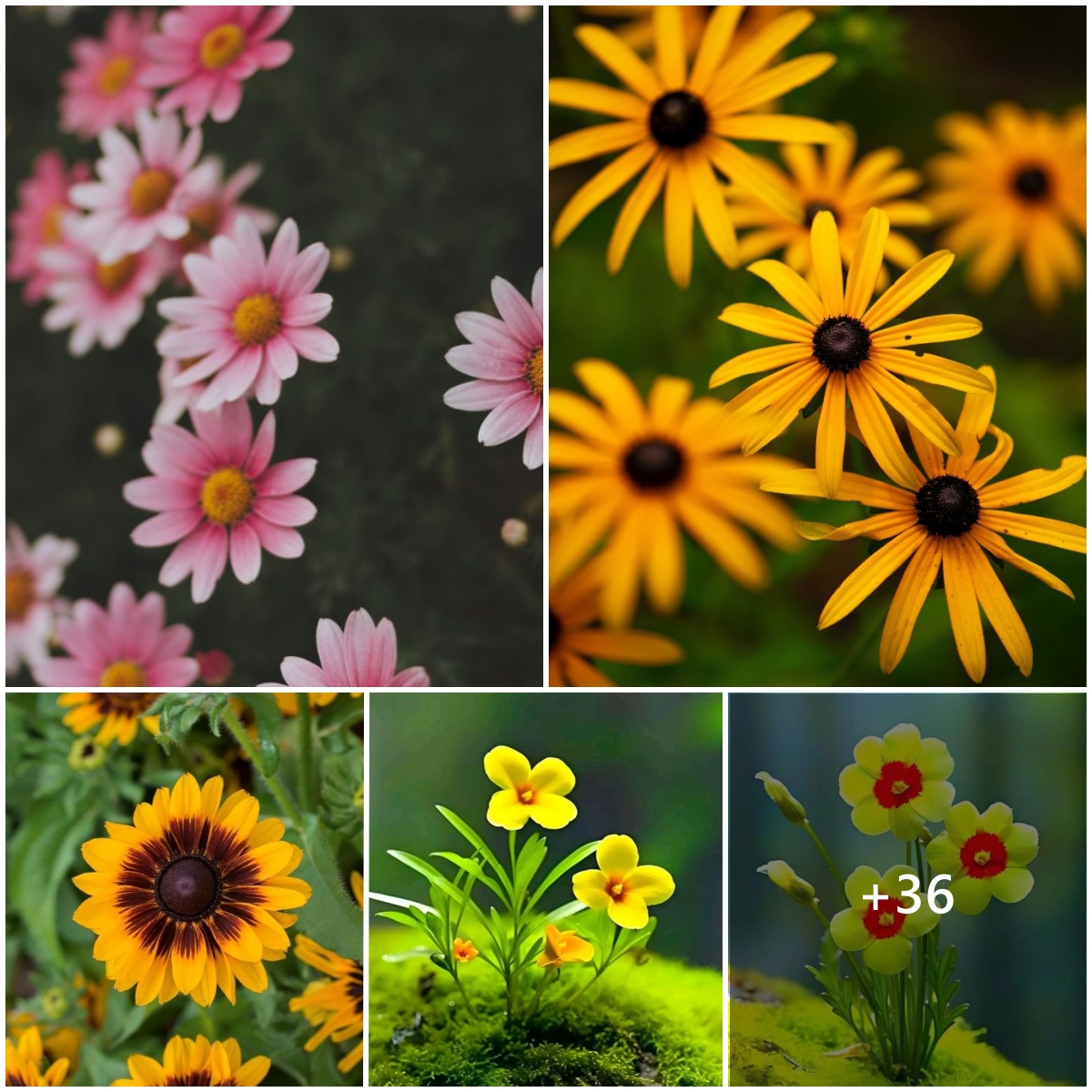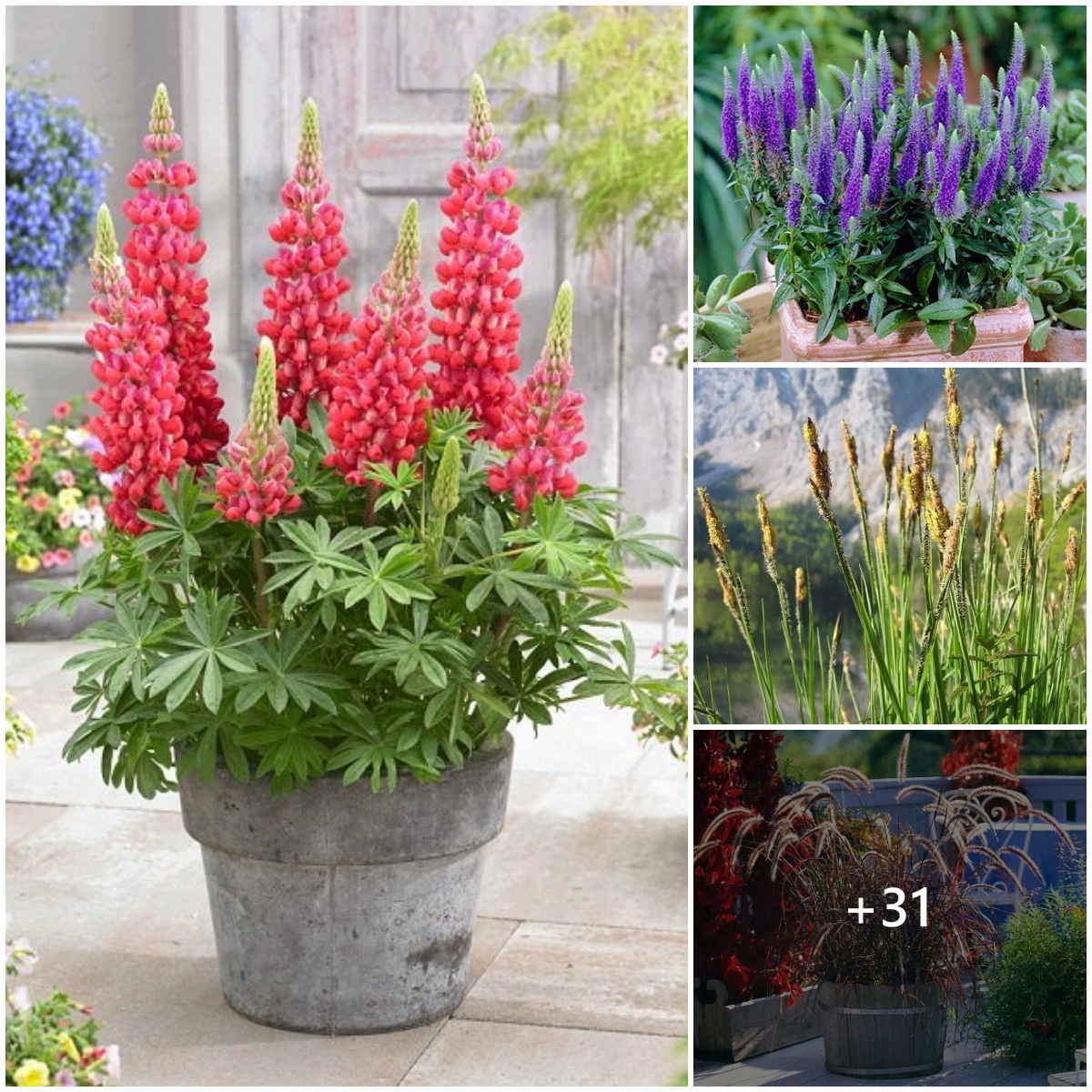In the vast tapestry of Earth’s flora, few specimens capture the imagination quite like the Mystical Rock Lotus. This extraordinary plant, defying conventional botanical wisdom, emerges not from the soft embrace of soil but from the unyielding surfaces of rocks. Its very existence challenges our understanding of life’s adaptability and resilience, presenting a captivating fusion of natural wonder and mythical allure. The Mystical Rock Lotus stands as a testament to the unexpected marvels that nature can produce, inviting us to explore the boundaries between reality and fantasy in the plant kingdom.
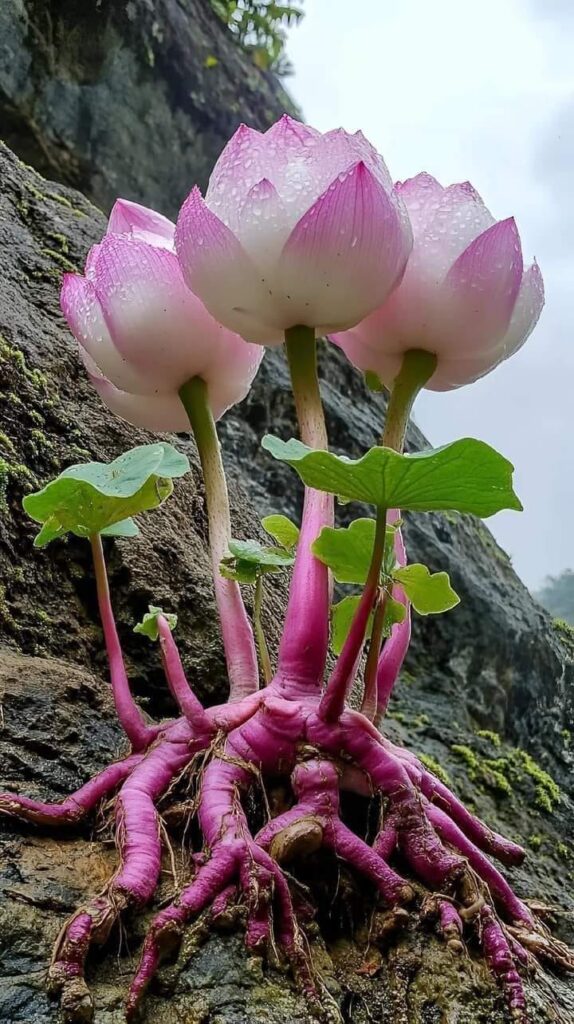
Introduction to the Mystical Rock Lotus
The Mystical Rock Lotus represents a fascinating convergence of botanical curiosity and cultural significance. This remarkable plant has captured the attention of scientists, artists, and philosophers alike, each finding in its unique characteristics a source of inspiration and wonder. Before delving into the myriad aspects of this extraordinary species, it’s essential to establish a foundational understanding of what makes the Mystical Rock Lotus so captivating.
The Botanical Fascination
The Mystical Rock Lotus stands as a testament to nature’s boundless creativity and adaptability. Its unique characteristics and growth patterns have captivated botanists and nature enthusiasts alike, challenging our understanding of plant biology and ecology. This section delves into the fascinating botanical aspects of this remarkable species, exploring how it has evolved to thrive in environments that would be inhospitable to most plants.
Unique growing conditions and adaptations
The Mystical Rock Lotus has developed a suite of remarkable adaptations that allow it to flourish in its unconventional habitat. These adaptations not only enable its survival but also contribute to its ethereal beauty and mystique:
Root System Innovation: The root system of the Mystical Rock Lotus is perhaps its most extraordinary feature. Unlike traditional plants that spread their roots through soil, this species has developed specialized root structures capable of penetrating and anchoring into minute cracks and fissures in rock surfaces. These roots are not just functional; they’re visually striking, often appearing as vibrant pink tendrils contrasting against the gray or earth-toned rocks.

Environmental preferences and habitat
The Mystical Rock Lotus, despite its hardiness, has specific environmental preferences that contribute to its successful growth and propagation:
Temperature Range: This species thrives in moderate temperature ranges, typically between 60-75°F (16-24°C). However, it has shown remarkable adaptability to temperature fluctuations, with some specimens found in areas that experience brief periods of frost or intense heat.
The plant’s ability to withstand temperature extremes is partly due to its rocky habitat. Rocks absorb heat during the day and release it slowly at night, creating a microclimate that helps buffer the Mystical Rock Lotus against sudden temperature changes.
Humidity Requirements: While capable of surviving in relatively dry conditions, the Mystical Rock Lotus prefers environments with higher humidity levels. This preference is often met in its natural habitats, which include mist-shrouded mountain slopes, coastal cliff faces, and areas near waterfalls or fast-moving streams.
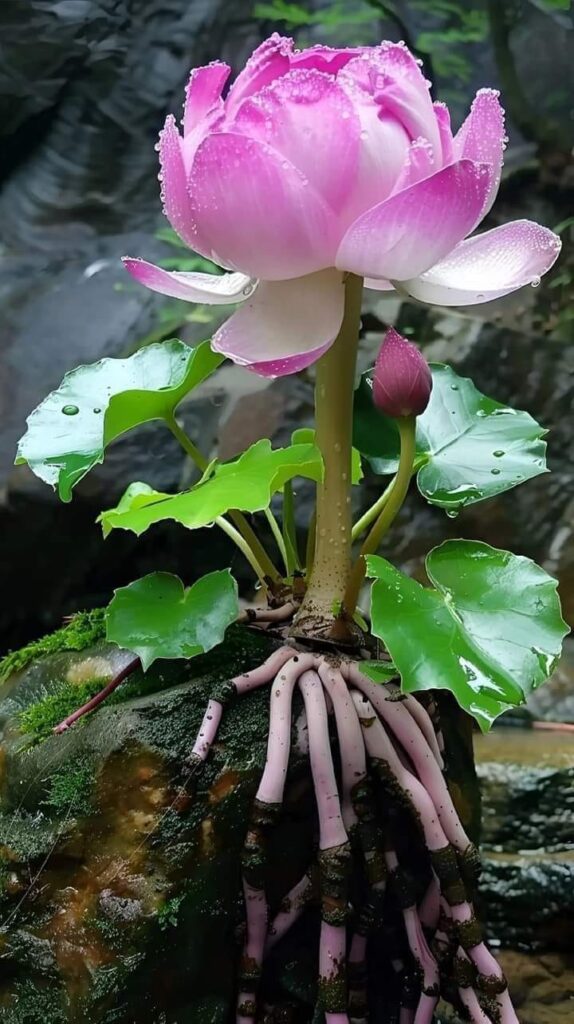
Visual Aesthetics of the Mystical Rock Lotus
The Mystical Rock Lotus is not merely a botanical wonder; it is a visual masterpiece that has captivated artists, photographers, and nature enthusiasts for generations. Its unique appearance, combining delicate beauty with rugged resilience, creates a striking contrast that challenges our perceptions of natural aesthetics. This section explores the visual elements that make the Mystical Rock Lotus so compelling, examining its color palette, structural design, and the artistic inspiration it has provided.
Color and design elements
The Mystical Rock Lotus presents a stunning array of colors and design elements that contribute to its otherworldly appearance:
Petal Coloration: The most striking feature of the Mystical Rock Lotus is often its petals. Typically, they display a pure, luminous white that seems to glow against the darker backdrop of their rocky habitat. This whiteness is not just aesthetically pleasing; it serves a practical purpose. The reflective quality of the white petals helps to scatter intense sunlight, protecting the plant’s delicate reproductive organs from damage.
However, variations in petal color have been observed, ranging from pale pink to a soft lilac hue. These color variations are thought to be influenced by factors such as mineral content in the surrounding rock, exposure to UV radiation, and genetic diversity within populations.
The edges of the petals often feature a subtle iridescence, creating a rainbow-like effect when viewed from certain angles. This phenomenon, caused by the diffraction of light through the petal’s microscopic surface structure, adds to the plant’s mystical aura.
Root Coloration: In stark contrast to the ethereal petals, the roots of the Mystical Rock Lotus often display a vibrant pink or magenta hue. This unexpected burst of color against the gray or earth-toned rocks creates a visually arresting effect. The pink coloration is believed to be due to the presence of specific pigments that aid in protecting the roots from UV damage and may also play a role in photosynthesis.
The interplay between the delicate white petals and the bold pink roots creates a visual harmony that is both striking and balanced, embodying the plant’s dual nature of fragility and strength.
Leaf Patterns: While less prominent than the flowers, the leaves of the Mystical Rock Lotus contribute significantly to its overall aesthetic. They often display a subtle variegation, with patterns of lighter green or silver streaking across a darker green base. These patterns are not just decorative; they serve to maximize light absorption while minimizing water loss.


